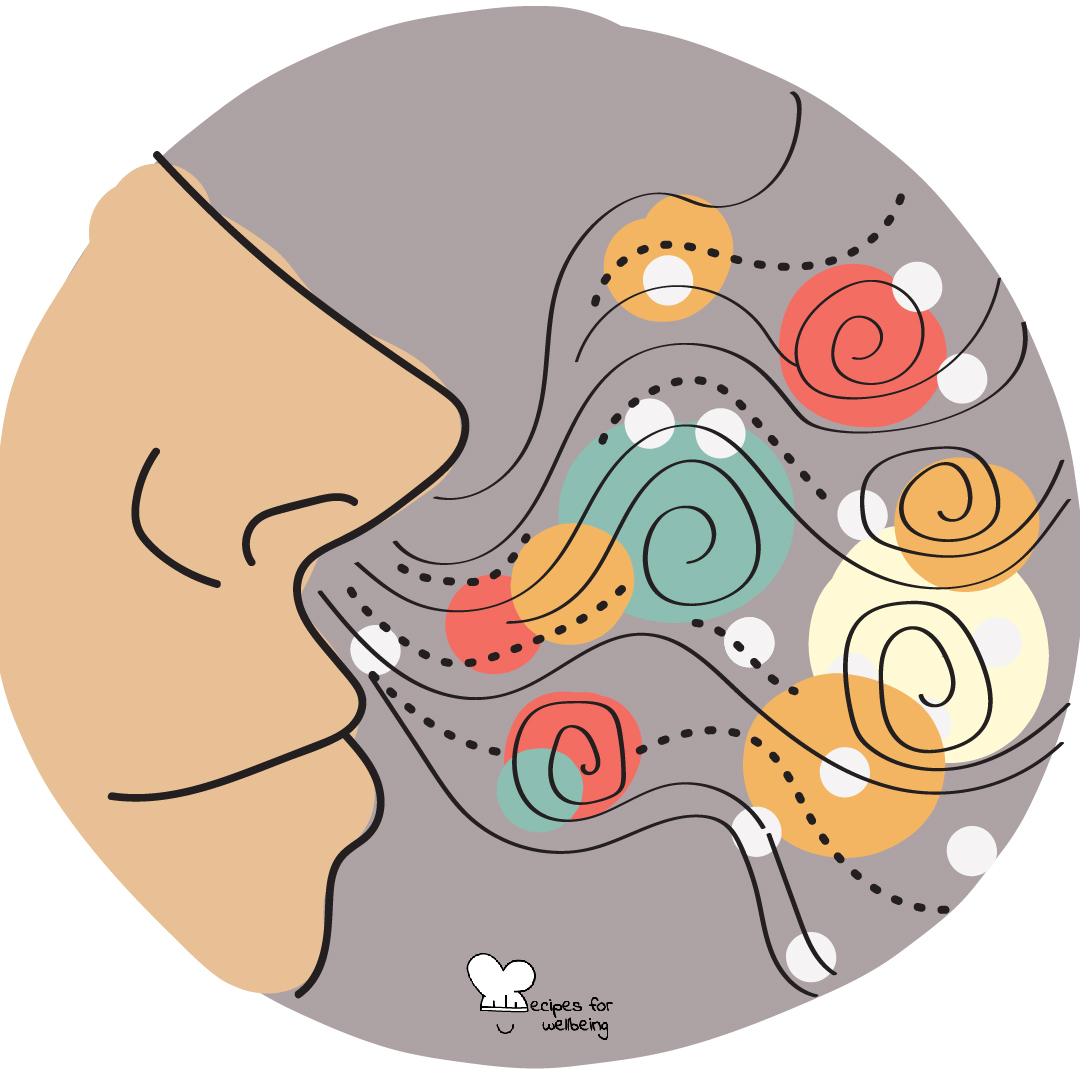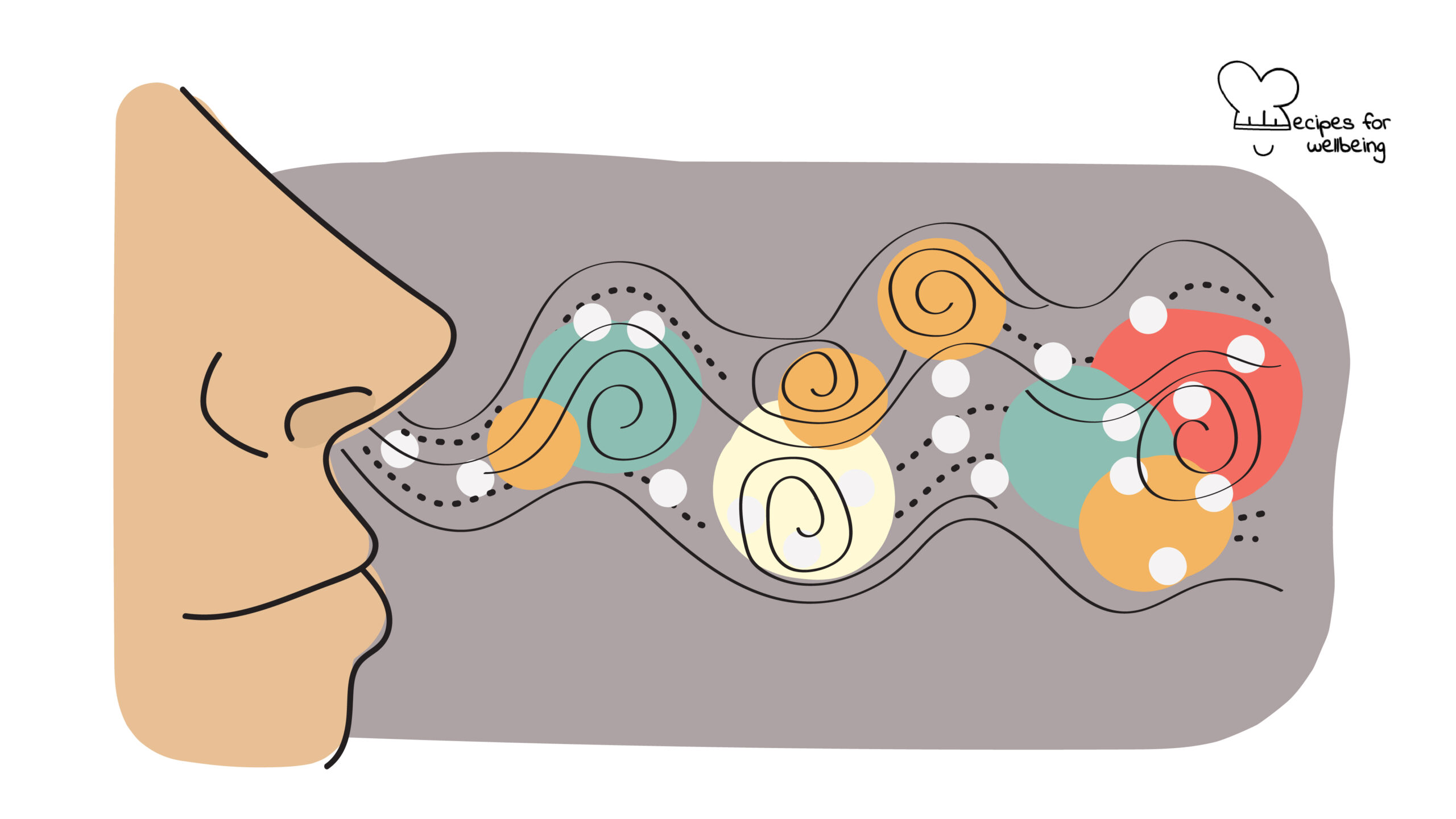
Draw breath
While drawing, I discover what I really want to say. —Dario Fo
 Serves: 1 person
Serves: 1 person
 Difficulty: Easy
Difficulty: Easy
 Total time: 11-30 minutes
Total time: 11-30 minutes
 Ingredients: A quiet place with no distractions, paper, art materials of your choosing (e.g. pencils, crayons, paints, sketch pens, etc.)
Ingredients: A quiet place with no distractions, paper, art materials of your choosing (e.g. pencils, crayons, paints, sketch pens, etc.)
 Wholebeing Domains: Awareness, Positive Emotion
Wholebeing Domains: Awareness, Positive Emotion
 Wholebeing Skills: Breathing, Calm, Clarity, Mindfulness, Non-judgement, Peacefulness, Presence, Reflection
Wholebeing Skills: Breathing, Calm, Clarity, Mindfulness, Non-judgement, Peacefulness, Presence, Reflection

Draw breath
 Description
Description
Drawing for mindfulness.
This recipe can bring relief and enable self-regulation, while also facilitating an increased awareness of your inner states. It can help you build a bridge between your body and your mind by bringing attention to your breath, visualising it in your mind, and creating art to make this connection concrete. The rhythmic ebb and flow of breathing can also anchor you in the present moment, in the here and now.
The following activity has been designed by One Future Collective.
 Steps
Steps
Step 1 – Preparation (1’)
Place yourself in a comfortable position. Relax your shoulders and close your eyes, if it feels comfortable to you. Take a deep breath in, in the way that feels most natural to you at this moment, and release it. Inhale again and exhale. Bring your attention to your breathing.
Step 2 – Observe (1’)
As you begin to notice your breath, observe the pace at which you inhale and exhale. Is it smooth or laboured? Is it light or does it feel heavy? Does inhaling feel different from exhaling? Observe how your body feels during this process. Keep inhaling and exhaling, and take note of any sensations in your body. If stray thoughts come to your mind, acknowledge them and let them go.
Step 3 – Visualise (3’)
Now begin to visualise your breath. Think about your breath as a line. Think about the path it follows.
- How does your breath flow?
- Does it have a rhythm?
- Perhaps it has a shape?
- What colours come to mind?
Step 4 – Draw (3’)
Once you have an image in mind, gently open your eyes. Among the art materials that you have available, pick one that feels most familiar to how your breathing feels. Put your visualisation on paper. Keep breathing, and let this movement guide the flow on paper. Try to let it come as naturally as possible.
Step 5 – Reflect (3’)
After finishing, look at your visualisation and reflect on what comes to mind. Observe the colours, the directions, the shapes, the patterns, and their movement on paper. Reflect on what this may symbolise to you.
Step 6 – Notice (2’)
Notice any sensations, thoughts, and/or feelings that may have come up during this process. Do you feel the same as before? Does your body feel light or heavy? Does your mind feel quiet or busy?
Step 7 – Journal (2’) optional
You can take it one step further by crystallising your reflection through journaling about it. It may also be helpful to do this process over time, on different days, and look for patterns – or variations – among all the images.


 Arabic
Arabic Chinese (Simplified)
Chinese (Simplified) Dutch
Dutch English
English French
French German
German Italian
Italian Portuguese
Portuguese Russian
Russian Spanish
Spanish